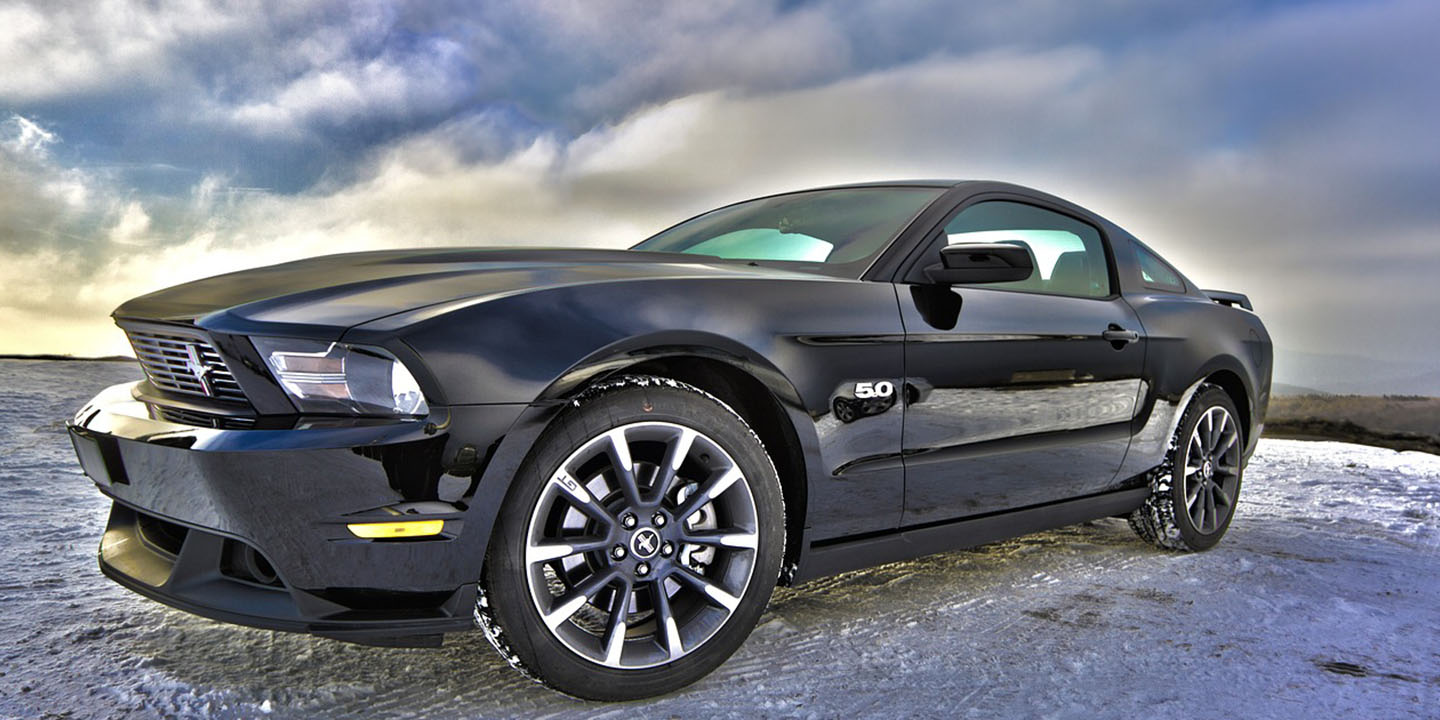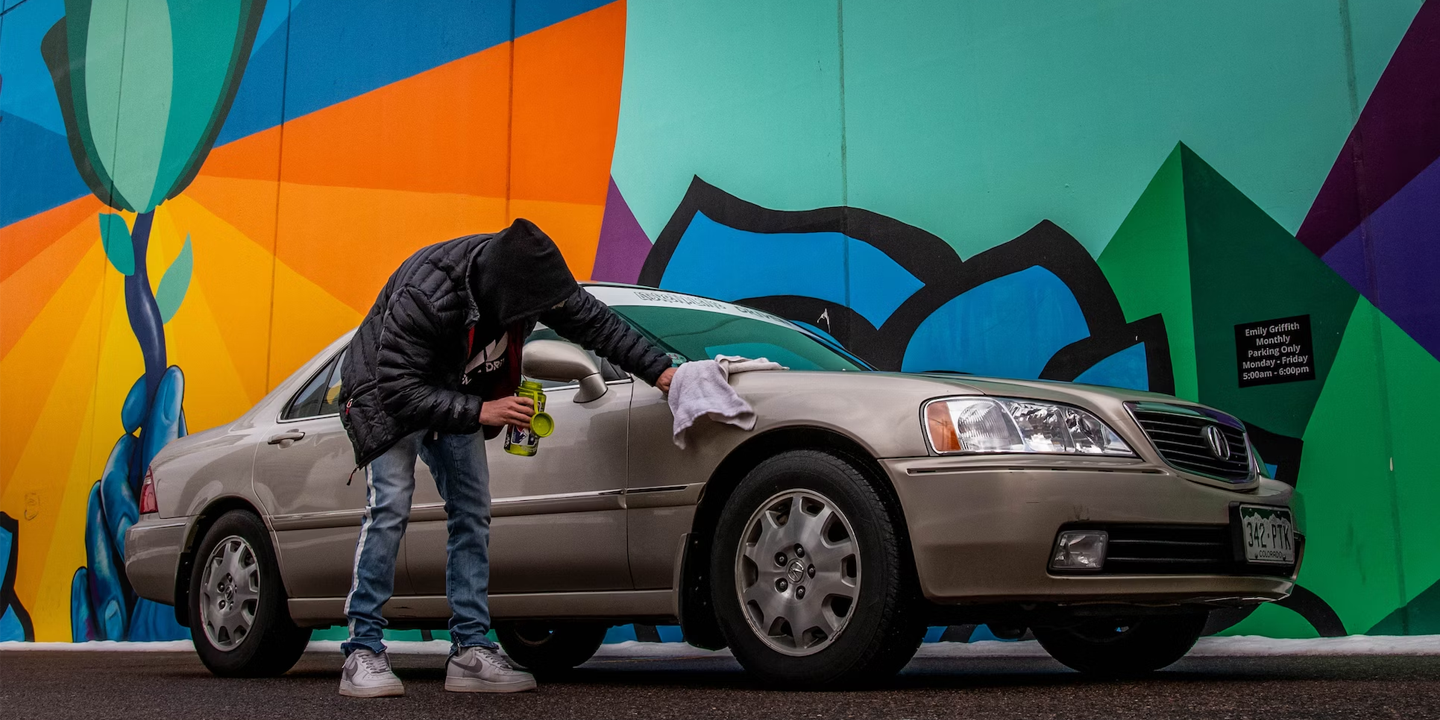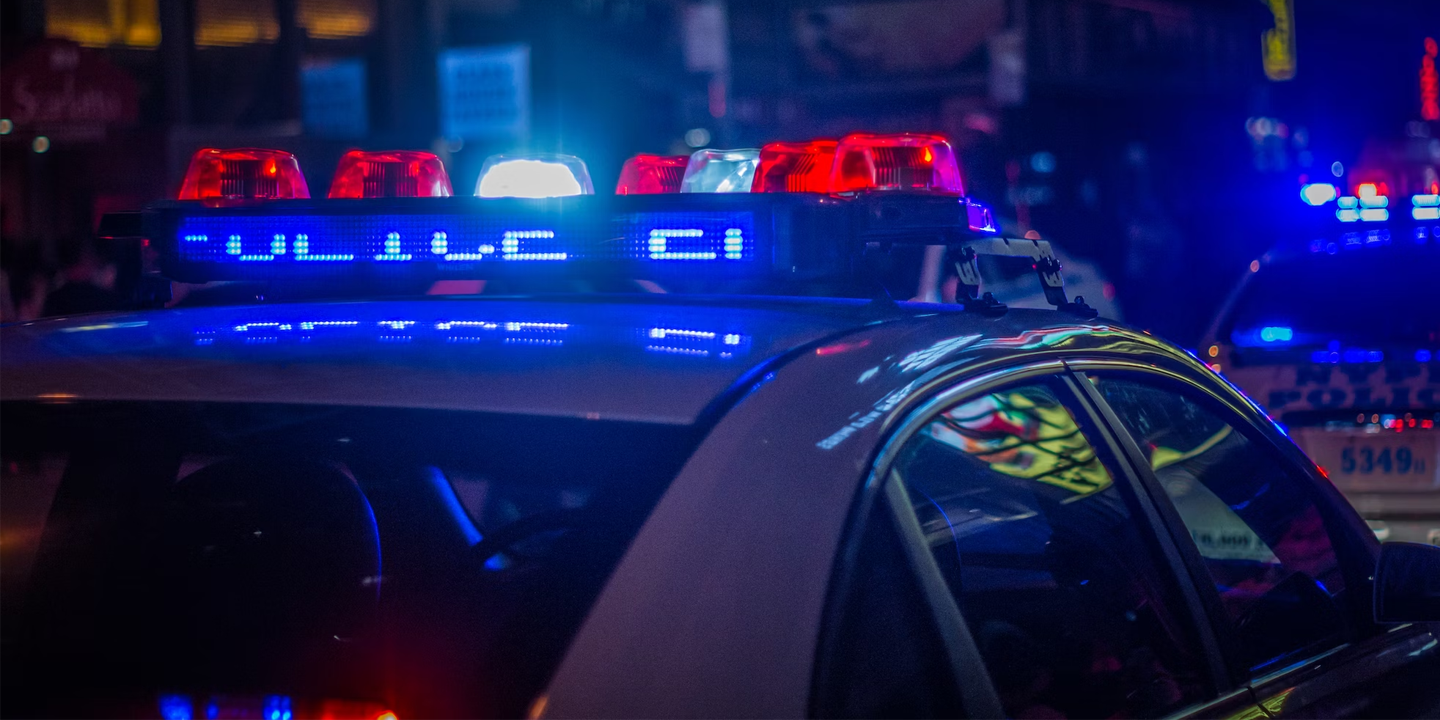10 Types Of Dangerous Drivers To Watch Out For & 10 Things You Can Do To Protect Yourself
10 Types Of Dangerous Drivers To Watch Out For & 10 Things You Can Do To Protect Yourself
The Road's Full Of Wildcards
Every road has a few drivers who make driving a risky endeavour. With them around, a missed beat can change everything. As traffic patterns shift and behavior evolves, awareness matters more than ever. For safety, we will highlight these problematic drivers and what to look out for, along with how to protect yourself. Let's dive into 10 types of dangerous drivers you might find on the road.
1. The Distracted Driver
Distractions can come in the form of texting or fiddling with a playlist. They typically peak during rush hour when traffic slows and minds wander. One glance away is enough to cause a pileup. Drivers must always have their eyes on the road.
2. The Aggressive Driver/Road Rager
Aggression on the road boils fast, and most attacks happen between 4 and 7 PM, especially in city traffic. These drivers thrive on control. Record the plate and disengage immediately. Retaliating puts your passengers and your license at risk.
3. The Impaired Driver
Nightfall exposes more than stars—it reveals swerving, slurred decision-makers. Alcohol, drugs, and even prescriptions mess with judgment and reaction times. Impaired drivers miss signs and brake too late. When you spot inconsistent speed or wide turns, that's a red flag worth a 911 call.
4. The Drowsy Driver
Yawns and drooping eyelids are signs you're sharing lanes with someone who should be in bed. Drowsy driving rivals drunk driving for danger, especially before dawn or after long work shifts. Microsleeps on highways have caused multi-car crashes in under five seconds.
 Science of sleep - Fatigue effects on driving 60sec by Road Safety Commission
Science of sleep - Fatigue effects on driving 60sec by Road Safety Commission
5. The Inexperienced Teen Driver
No amount of driver's ed prepares teens for real-world chaos. New drivers often panic under pressure, especially at night or in the rain. Expect overcorrections and awkward merging. Fatal crashes among teens spike in the first six months after licensure—statistically their riskiest window.
6. The Speeding Driver
Blazing through a 45 mph zone at 70, the speeder plays roulette with every intersection. You'll likely see them late at night when roads seem empty. At high speeds, every second trims reaction time. By the time you blink, it's already too late.
7. The Stoplight Sprinter
Their engines rev like a drag race the moment the lights turn green. These drivers crave the thrill of being first, even if it means threading through tight traffic. Most T-bone collisions at intersections involve sudden acceleration. Avoid pulling out until the crosspath clears.
 Red Light Runners: Reckless Driving and Near-Misses by Friant Roulette
Red Light Runners: Reckless Driving and Near-Misses by Friant Roulette
8. The Unpredictable Driver
Sudden turns without signals, braking in the middle of a highway, or switching lanes three times in 30 seconds—these drivers seem allergic to logic. Often lost or confused, they act on impulse. Insurance companies label them "high-risk," and they usually earn that classification fast.
 Turn signal neglect causing accidents by FOX21 News
Turn signal neglect causing accidents by FOX21 News
9. The Overconfident Driver
Overconfident drivers believe they're the exception, so they ignore warning signs and brush off rules. As show-offs, they may multitask or overtake dangerously. You'll see them most during light traffic when there's room to flaunt. They're the ones who end up flipping on straight roads.
10. The Tailgater
Two seconds behind turns into two inches when traffic slows. Tailgaters drive too close to intimidate or save time, especially on freeways and in heavy congestion. One brake tap can trigger a multi-car pileup. Adjust your speed gradually and let them pass to avoid collision escalation.
Now, let's talk defense. While the following moves won't change traffic, they'll change how it affects you.
1. Stay Focused On The Road
Every distraction costs reaction time. Focused driving means scanning intersections and checking your surroundings. Distractions cause over 3,000 deaths a year in the U.S. alone. The simplest way to stay alive is to keep your eyes and mind on the road.
2. Maintain A Safe Following Distance
Tailgating reduces reaction time to nearly zero. The three-second rule gives you enough space to stop safely if the driver ahead slams their brakes. On wet roads, bump it to five seconds. Most rear-end crashes happen because that buffer wasn't there.
3. Use Mirrors Effectively
Your mirrors are your second set of eyes. Check them every 5–8 seconds and before braking, changing lanes, or merging. Make it a habit. Also, adjust the side mirrors outward enough to just lose sight of your car's edge. This widens your field and eliminates overlap.
4. Adjust Driving For Weather Conditions
Rain, fog, snow, or black ice all affect stopping distances and visibility. Hence, slowing down is survival. In low traction, ABS systems can only do so much. Many spinouts happen within the first 10 minutes of rainfall when the grip disappears.
5. Anticipate Other Drivers' Actions
Watch wheels, not eyes. A drifting tire or twitchy brake light says more than a driver's intentions ever will. Anticipation gives you extra seconds to react. It's not paranoia but insurance. The best drivers expect mistakes before they happen and stay one step ahead.
6. Avoid Driving When Fatigued
Fatigue sneaks up like a slow leak: harmless at first but deadly when it bursts. Microsleeps can last just three seconds, but take your car one football field blind at 60 mph. During long hauls, pull over every two hours or share the wheel.
7. Stay Calm And Patient
Retaliation escalates risk, but patience reduces crashes more than any tech feature can. When someone cuts you off or drifts into your lane, let them be reckless alone. You're not obligated to join their show of ego.
8. Use Turn Signals Appropriately
Signals are your language on the road. Flick them 100 feet before a turn or lane change. Failure to signal contributes to over two million crashes annually. Speak clearly with your blinkers, or don't complain when no one understands you.
9. Obey Traffic Laws
Many traffic laws exist because someone didn't make it home. Speed limits, no-passing zones, and yield signs must be followed strictly. Break them and risk more than a ticket. Respecting the law is a sure way to protect yourself from preventable tragedy.
10. Take Defensive Driving Courses
Defensive driving isn't about fear but about stacking the odds in your favor every single mile. Such courses aren't just for court-ordered attendees. They sharpen hazard recognition and teach emergency maneuvers. You'll learn to think like a threat assessor, not just a commuter.

























